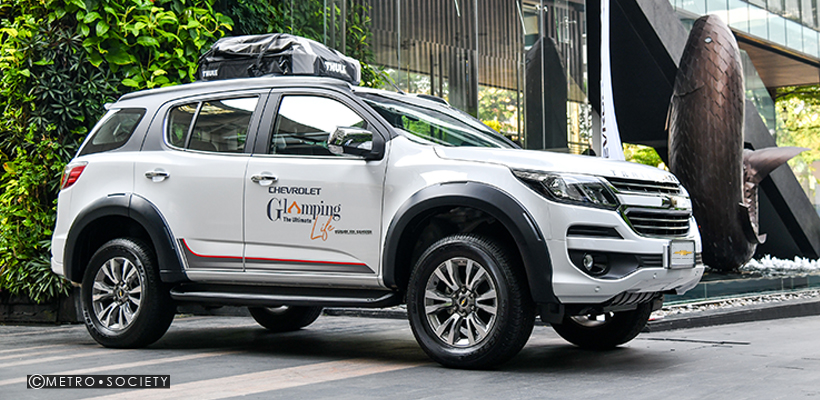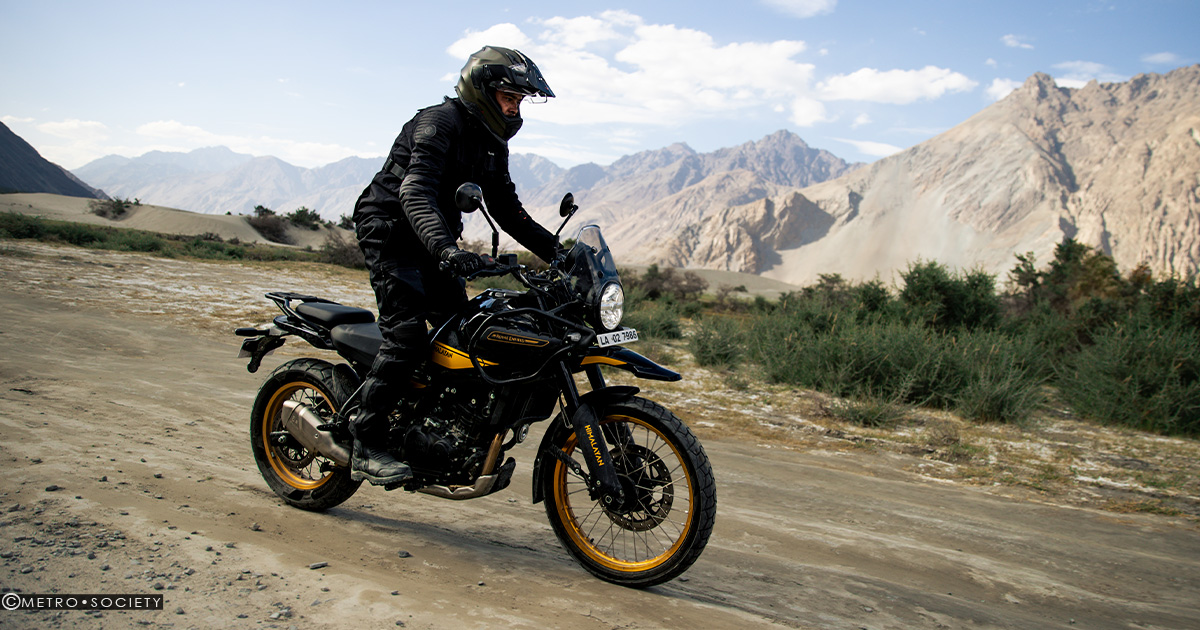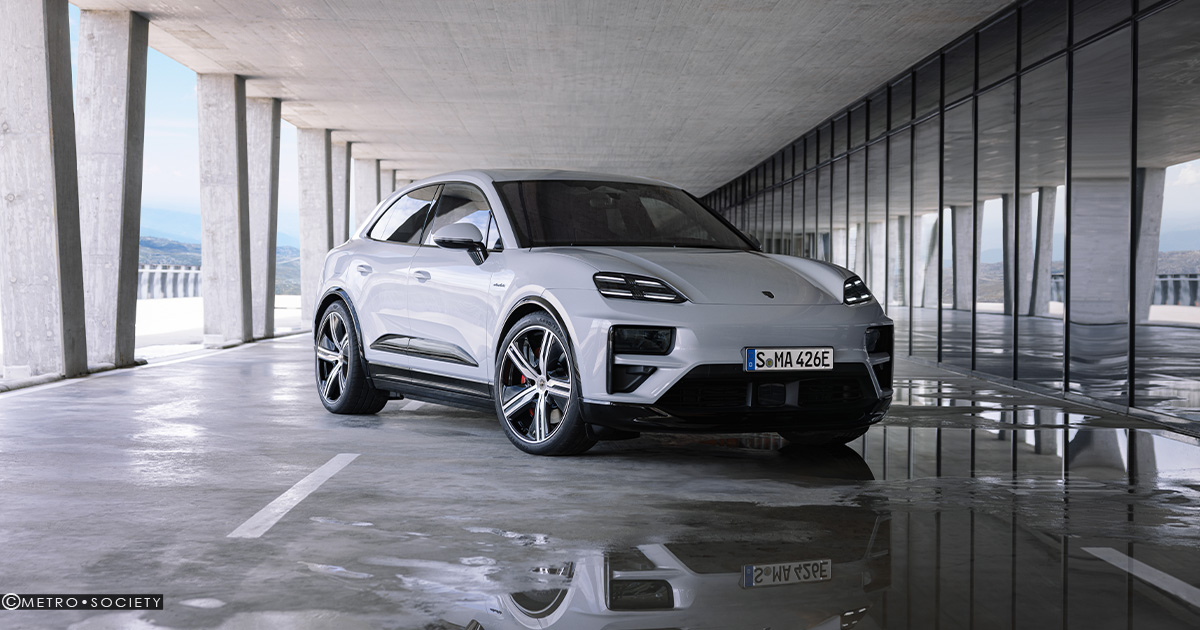Chevrolet Off-roading Tips
- November 23, 2018
-
 12,963
12,963
Properly equipped SUVs and pickup trucks normally operate in two-wheel-drive (2WD) under most conditions, but are capable of four-wheel-drive (4WD or 4x4) in off-road conditions or challenging situations such as pouring rain, muddy road, or another slippery road surface.
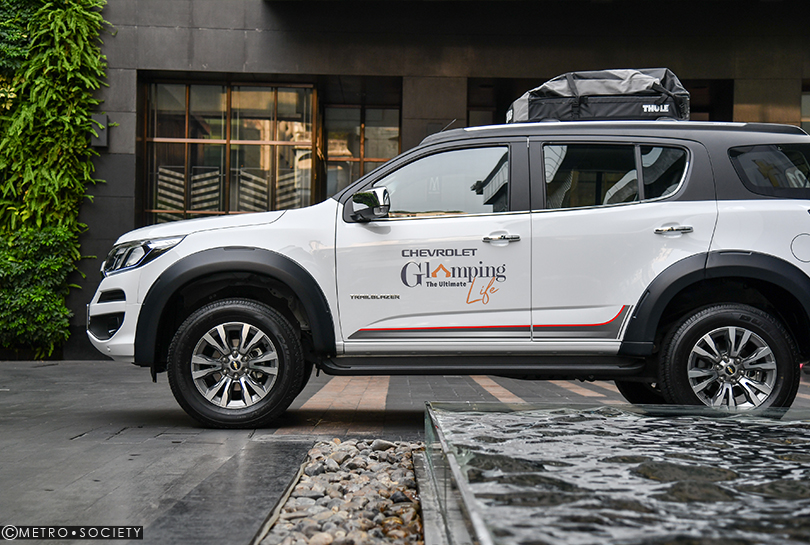
When facing with those situations, four-wheel drive is a valuable asset. Trailblazer and Colorado’s 4WD system can help increase traction by sending the engine’s power to all four wheels.
- 2H (Two-Wheel Drive High) for driving in most street and highway situations
- 4H (Four-Wheel Drive High) when extra traction is needed
- N (Neutral) only when towing the vehicle
- 4L (Four-Wheel Drive Low) when driving in sand/mud, and while going up/down steep hills
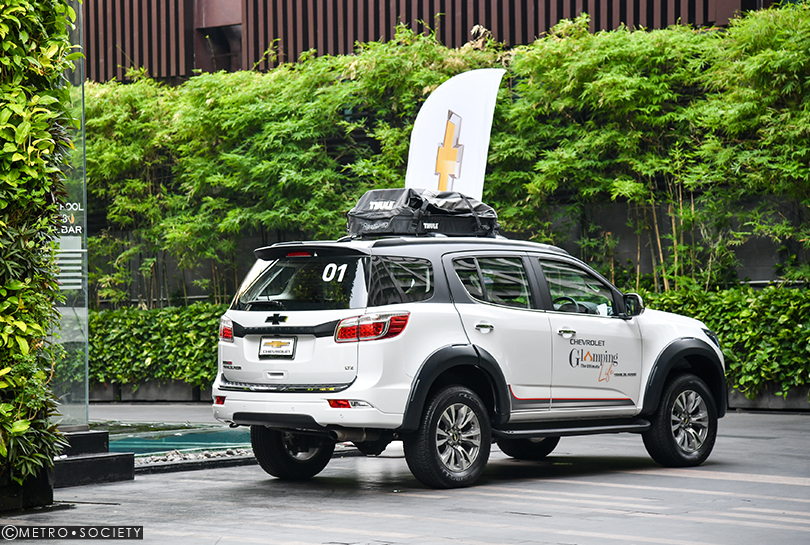
Get into the right seating position: Adjust the driving position to fit your body. Buckle up because it will help you maintain position while driving uphill and downhill.
Get the correct steering grip: Place your hands at 3 and 9 o'clock on the steering wheel. Hold the wheel firmly with thumbs up. Do not put your thumbs around the inside of the steering wheel in off-road conditions, because if the vehicle hits a rock or other obstacle the steering wheel can turn quickly, potentially causing an injury to your thumb or wrist.
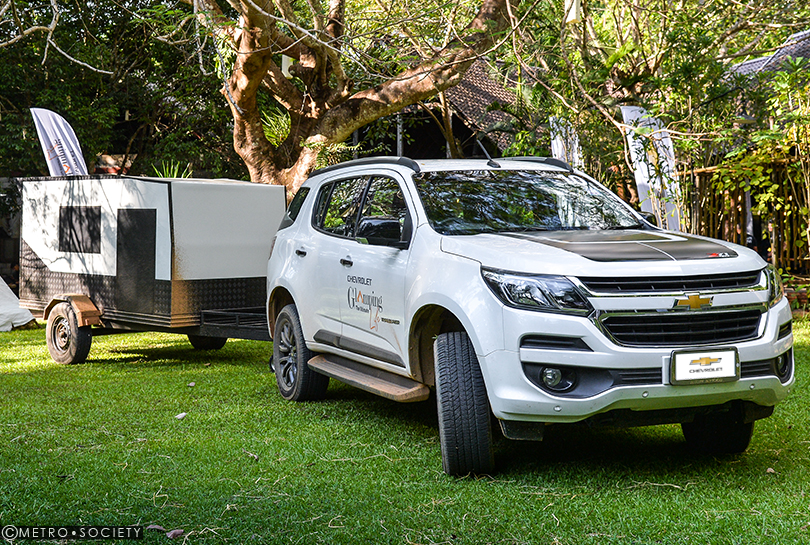
Get traction in loose, steep or wet terrain: Don’t push too much on the accelerator, because the wheels can slip on loose terrain, making it difficult to control the vehicle.
- Use a low gear and maintain a slow speed when possible, drive straight up or down the hill
- Slow down when approaching the top of the hill
- Never go downhill with either the transmission or transfer case in N (Neutral)
- When driving downhill, steer straight down. Use a low gear because the engine will work with the brakes to slow the vehicle and help keep the vehicle under control
Get moving again (after stalling)
- Apply the brakes to stop the vehicle, shift into P (Park) and then restart the engine
- If driving uphill when the vehicle stalls, shift to R (Reverse), release the parking brake, and back straight down. Never try to turn the vehicle around. If the hill is steep enough to stall the vehicle, it is steep enough to cause it to roll over.
- If driving downhill when the vehicle stalls, shift to a lower gear, release the parking brake, and drive straight down the hill.
- If you cannot restart the vehicle after stalling, set the parking brake, shift into P (Park), and turn the vehicle off. Leave the vehicle and seek help.
Get through deep water
- If the standing water is not too deep, drive slowly through it. At faster speeds, water splashes and the vehicle can stall
- Before descending into the water, turn off the air-conditioning and roll down the windows
- Ease into the water at no more than 3 km/h, and increase to 6km/h in the water
Once out of the water, apply the brakes gently to dry them.
Chevrolet Tips for Towing Trailers
Before you buy a vehicle or use it for trailering, carefully review the Trailering section of the Owner’s Manual. Be familiar with the local laws regarding towing, your vehicle’s tow weight rating and the weight of your trailer and its load.
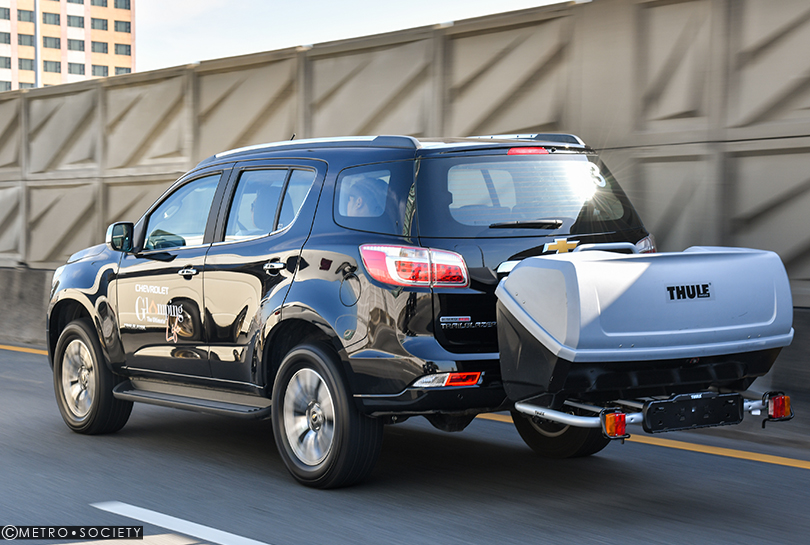
Have a professional install the right tow hitch and ball mount for your vehicle based on your needs. Always attach safety chains between your vehicle and trailer. Cross chains under the tongue of the trailer so the tongue will be less likely to drop if the trailer should separate from the hitch.
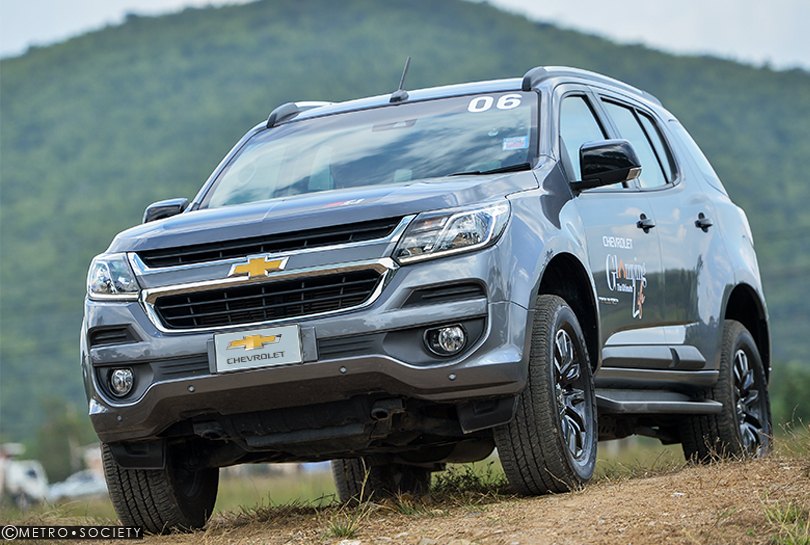
Before loading a trailer, calculate the combined weight of the completely loaded vehicle and trailer including fuel, passengers, cargo, equipment, and accessories. Do not exceed the gross combined weight rating (GCWR) of your vehicle, listed in the Trailering Table in the Owner’s Manual. To check that the combined weight within the GCWR for the vehicle, follow these steps:
- Start with the “curb weight”
- Add the weight of the trailer loaded with cargo and ready for the trip
- Add the weight of all passengers
- Add the weight of all cargo in the vehicle
- Add the weight of hitch hardware (drawbar, ball mount, load equalizer bars, or sway bars)
- Add the weight of any accessories or aftermarket equipment added to the vehicle
When loading a trailer, distribute 60 percent of the load over the front half of the trailer and evenly from side to side. Loads sitting too far forward or too far back can create unwanted trailer sway.
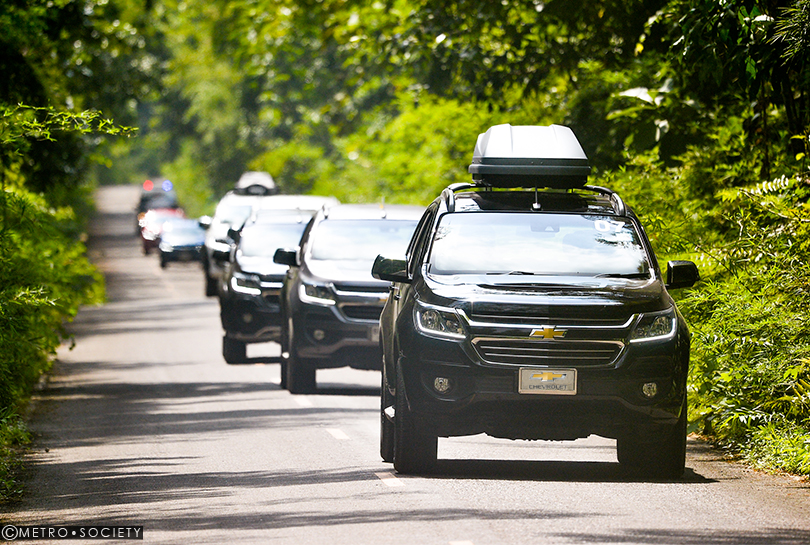
When backing up a trailer, place one hand at the six o’clock position on the steering wheel. To move the trailer to the left, move your hand to the left. To move the trailer right, move your hand right. Back up slowly and in small increments to maintain control.
Braking when pulling a trailer requires extra distance. Allow one vehicle and trailer length between you and the vehicle ahead of you for every 10 mph of speed.
Never exceed the load capabilities of your vehicle, including tongue weight, which is the downward force of the coupler of the trailer on the vehicle’s hitch (usually 10 to 15 percent of the loaded trailer weight for a conventional hitch).
Don’t try to steer out of a trailer sway situation; it will only make it worse. Instead, hold the steering wheel as steady as possible, release the accelerator (without touching the brake) and activate the electric trailer brakes (if equipped) by hand.
Driving up a steep incline, a lower gear can provide more power or torque. Crest the hill at a speed no greater than the speed at which you want to descend. Shift into a lower gear to help provide “engine braking” on the descent.









